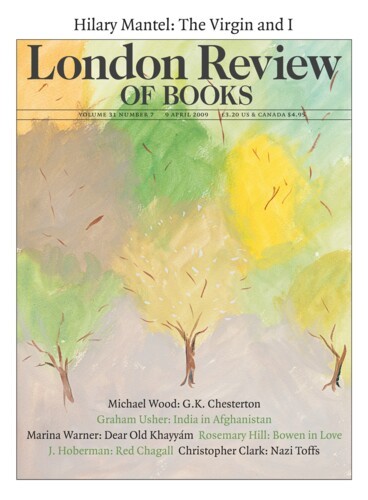Taliban v. Taliban: India in Afghanistan
Graham Usher, 9 April 2009
‘Safe havens’ for a reinvigorated Afghan Taliban and al-Qaida, the tribal areas are seen by the West as the ‘greatest threat’ to its security, as well as being the main cause of Western frustration with Pakistan. The reason is simple: the Pakistan army’s counterinsurgency strategy is not principally directed at the Taliban or even al-Qaida – the main enemy is India.


